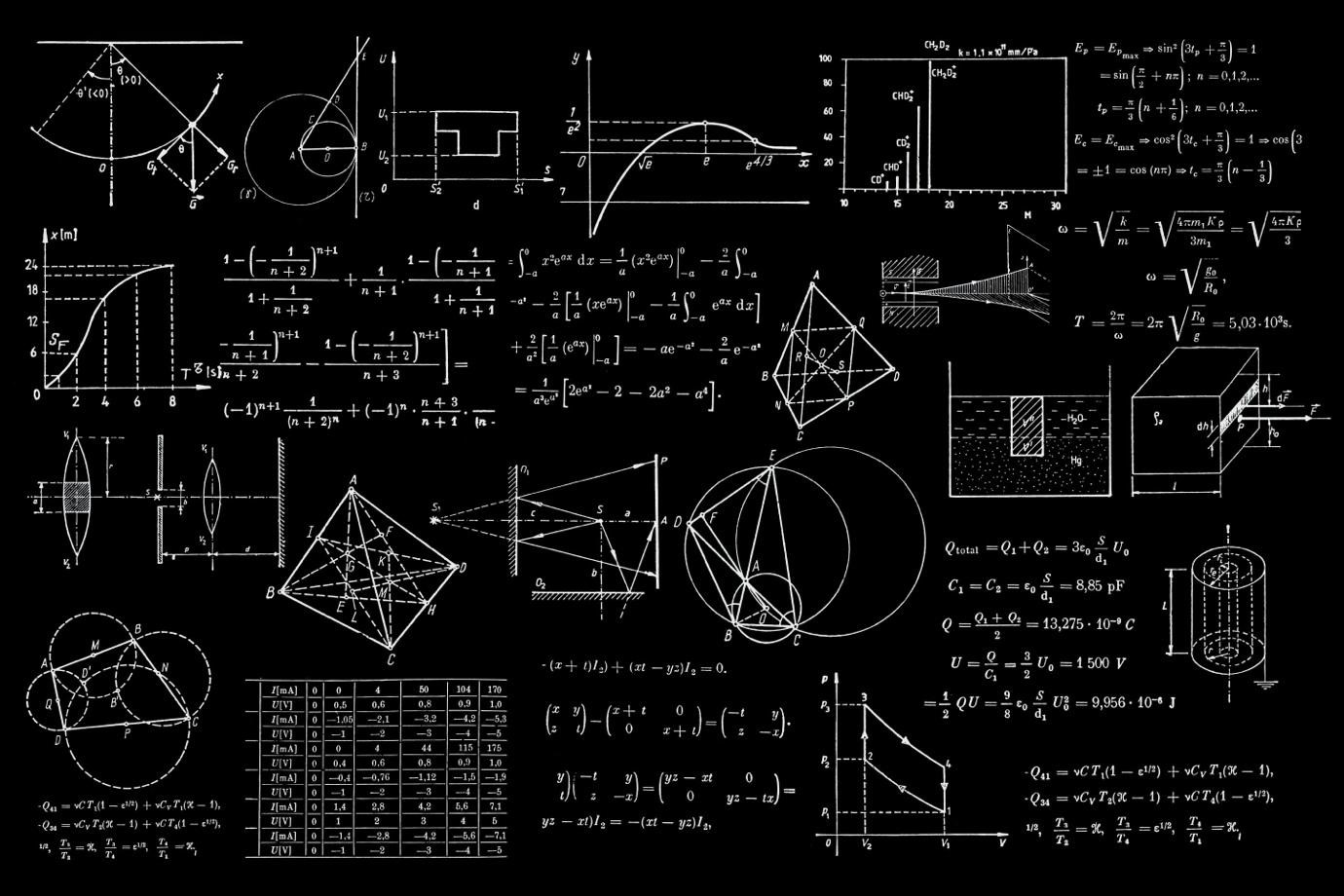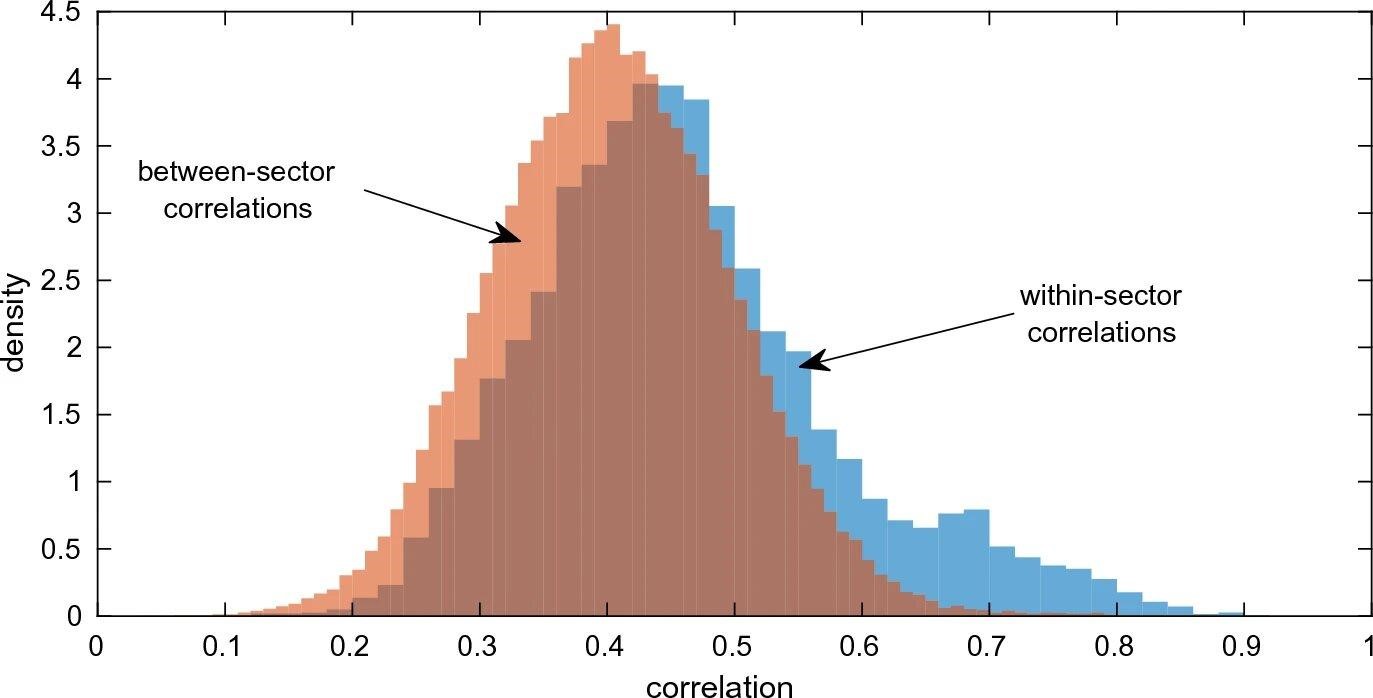
In a time of income inequality and ruthless politics, people with outsized power or an unrelenting willingness to browbeat others often seem to come out ahead.
New research from Dartmouth, however, shows that being uncooperative can help people on the weaker side of the power dynamic achieve a more equal outcome—and even inflict some loss on their abusive counterpart.
The findings provide a tool based in game theory—the field of mathematics focused on optimizing competitive strategies—that could be applied to help equalize the balance of power in labor negotiations or international relations, and could even be used to integrate cooperation into interconnected artificial intelligence systems such as driverless cars.
Published in PNAS Nexus, the study takes a fresh look at what are known in game theoryas “zero-determinant strategies” developed by renowned scientists William Press, now at the University of Texas at Austin, and the late Freeman Dyson at the Institute for Advanced Study in Princeton, New Jersey.
Zero-determinant strategies dictate that “extortionists” control situations to their advantage by becoming less and less cooperative—though just cooperative enough to keep the other party engaged—and by never being the first to concede when there’s a stalemate. Theoretically, they will always outperform their opponent by demanding and receiving a larger share of what’s at stake.
But the Dartmouth paper uses mathematical models of interactions to uncover an “Achilles heel” to these seemingly uncrackable scenarios, said senior author Feng Fu, an associate professor of mathematics. Fu and first author Xingru Chen, who received her Ph.D. in mathematics from Dartmouth in 2021, discovered an “unbending strategy” in which resistance to being steamrolled not only causes an extortionist to ultimately lose more than their opponent but can result in a more equal outcome as the overbearing party compromises in a scramble to get the best payoff.
“Unbending players who choose not to be extorted can resist by refusing to fully cooperate. They also give up part of their own payoff, but the extortioner loses even more,” said Chen, who is now an assistant professor at the Beijing University of Posts and Telecommunications.
“Our work shows that when an extortioner is faced with an unbending player, their best response is to offer a fair split, thereby guaranteeing an equal payoff for both parties,” she said. “In other words, fairness and cooperation can be cultivated and enforced by unbending players.”
These scenarios frequently play out in the real world, Fu said. Labor relations provide a poignant model. A large corporation can strong-arm suppliers and producers such as farmworkers to accept lower prices for their effort by threatening to replace them and cut them off from a lucrative market. But a strike or protest can turn the balance of power back toward the workers’ favour and result in more fairness and cooperation, such as when a labor union wins some concessions from an employer.
While the power dynamic in these scenarios is never equal, Fu said, his and Chen’s work shows that unbending players can reap benefits by defecting from time to time and sabotaging what extortioners are truly after—the highest payoff for themselves.
“The practical insight from our work is for weaker parties to be unbending and resist being the first to compromise, thereby transforming the interaction into an ultimatum game in which extortioners are incentivized to be fairer and more cooperative to avoid ‘lose-lose’ situations,” Fu said.
“Consider the dynamics of power between dominant entities such as Donald Trump and the lack of unbending from the Republican Party, or, on the other hand, the military and political resistance to Russia’s invasion of Ukraine that has helped counteract incredible asymmetry,” he said. “These results can be applied to real-world situations, from social equity and fair pay to developing systems that promote cooperation among AI agents, such as autonomous driving.”
Chen and Fu’s paper expands the theoretical understanding of zero-determinant interactions while also outlining how the outsized power of extortioners can be checked, said mathematician Christian Hilbe, leader of the Dynamics of Social Behaviour research group at the Max Planck Institute for Evolutionary Biology in Germany
“Among the technical contributions, they stress that even extortioners can be outperformed in some games. I don’t think that has been fully appreciated by the community before,” said Hilbe, who was not involved in the study but is familiar with it. “Among the conceptual insights, I like the idea of unbending strategies, behaviours that encourage an extortionate player to eventually settle at a fairer outcome.”
Behavioural research involving human participants has shown that extortioners may constitute a significant portion of our everyday interactions, said Hilbe, who published a 2016 paper in the journal PLOS ONE reporting just that. He also co-authored a 2014 study in Nature Communications that found people playing against a computerized opponent strongly resisted when the computer engaged in threatening conduct, even when it reduced their own payout.
“The empirical evidence to date suggests that people do engage in these extortionate behaviours, especially in asymmetric situations, and that the extorted party often tries to resist it, which is then costly to both parties,” Hilbe said.
For more such insights, log into our website https://international-maths-challenge.com
Credit of the article given to Morgan Kelly, Dartmouth College



